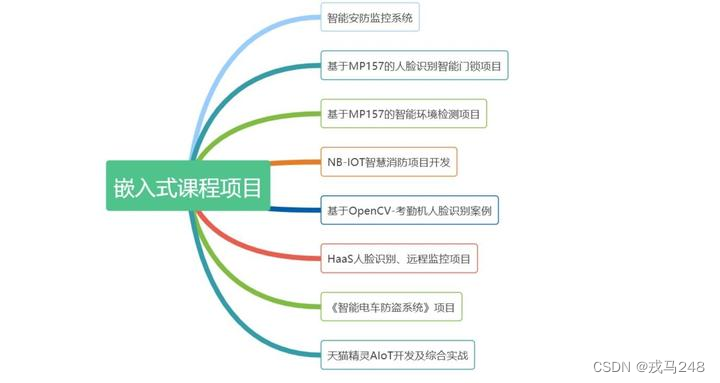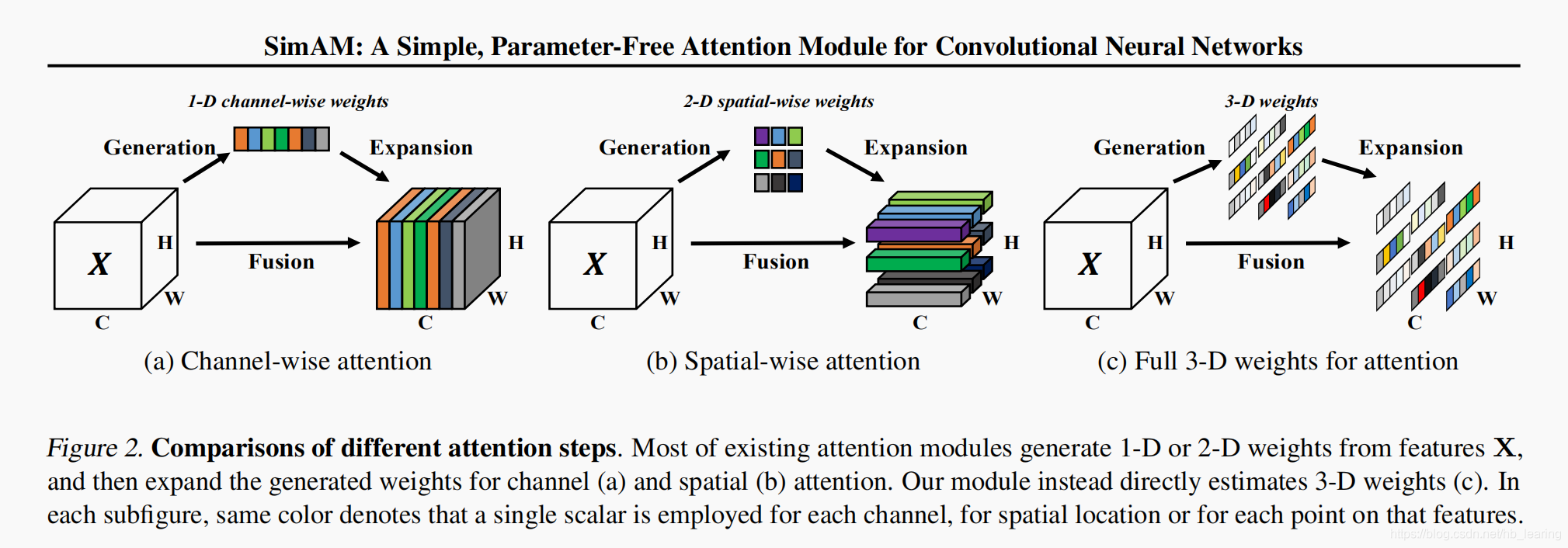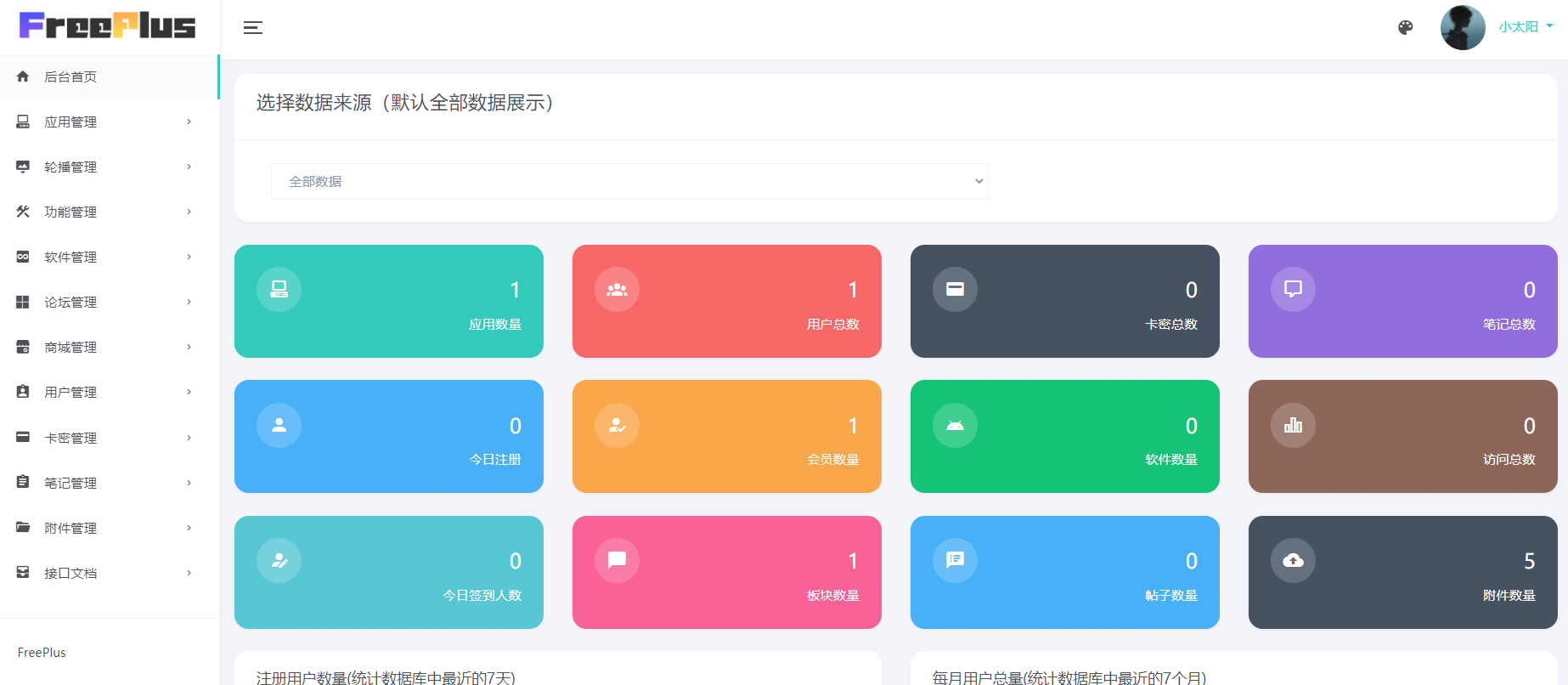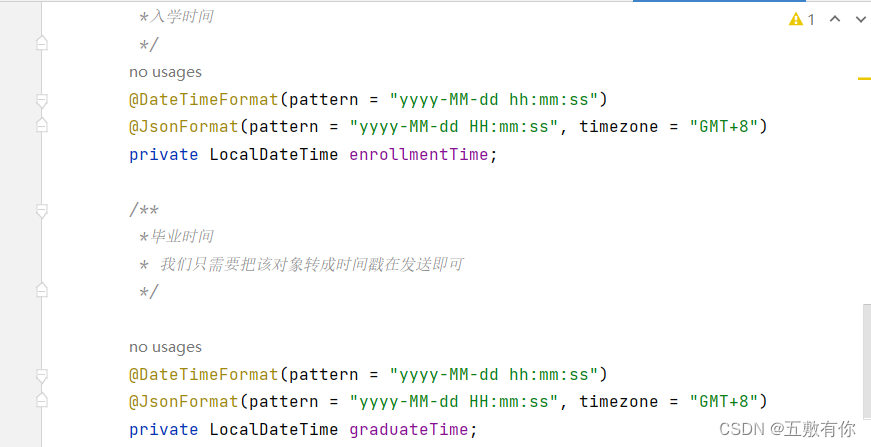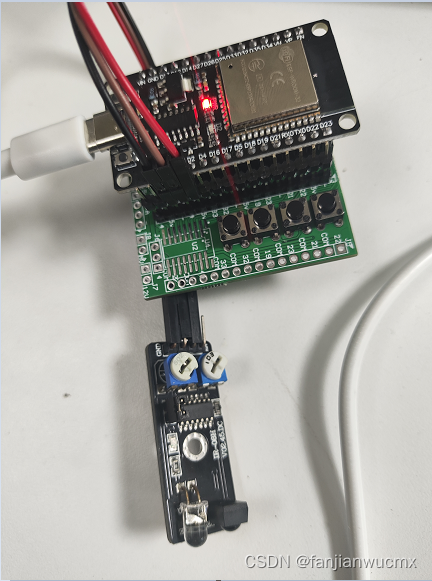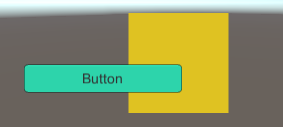好友关注
数据模型
数据库中的tb_follow记录博主与粉丝的关系

tb_follow表对应的实体类
@Data
@EqualsAndHashCode(callSuper = false)
@Accessors(chain = true)
@TableName("tb_follow")
public class Follow implements Serializable {private static final long serialVersionUID = 1L;/*** 主键*/@TableId(value = "id", type = IdType.AUTO)private Long id;/*** 用户id*/private Long userId;/*** 关联的用户id*/private Long followUserId;/*** 创建时间*/private LocalDateTime createTime;
}
是否关注/关注/取关
需求: 在探店图文的详情页面中,可以查看用户是否关注了笔记博主,用户也可以手动关注/取消关注发布笔记的作者

第一步: 在FollowController层中编写判断是否关注和关注/取关的两个方法
@RestController
@RequestMapping("/follow")
public class FollowController {@Resourceprivate IFollowService followService;// 判断当前用户是否关注了笔记博主,参数是发布笔记的博主Id@GetMapping("/or/not/{id}")public Result isFollow(@PathVariable("id") Long followUserId) {return followService.isFollow(followUserId);}// 实现取关/关注,参数是发布笔记的博主Id以及是否关注(true表示关注,false表示取关)@PutMapping("/{id}/{isFollow}")public Result follow(@PathVariable("id") Long followUserId, @PathVariable("isFollow") Boolean isFellow) {return followService.follow(followUserId,isFellow);}
}
第二步: 在FellowServiceImp中来编写具体的业务逻辑
判断当前用户是否关注了笔记博主: 将请求参数携带的发布笔记的博主Id和当前登陆的用户Id作为条件去数据库中查询是否有对应的记录关注和取消关注: 请求参数中的true(关注)/fasle(取关),关注是将用户和博主的关联信息保存到数据库,取关即将他们的关联信息从数据库移除,避免堆积数据
@Service
public class FollowServiceImpl extends ServiceImpl<FollowMapper, Follow> implements IFollowService {@Overridepublic Result isFollow(Long followUserId) {// 获取当前登录的用户IdLong userId = UserHolder.getUser().getId();LambdaQueryWrapper<Follow> queryWrapper = new LambdaQueryWrapper<>();// 查询tb_follow表判断当前用户是否关注了该笔记的博主queryWrapper.eq(Follow::getUserId, userId).eq(Follow::getFollowUserId, followUserId);// 没必要查询出具体数据,只需要判断数据存不存在即可//select count(*) from tb_follow where user_id = ? and follow_user_id = ?int count = this.count(queryWrapper);return Result.ok(count > 0);}@Overridepublic Result follow(Long followUserId, Boolean isFellow) {// 获取当前登录的用户IdLong userId = UserHolder.getUser().getId();// 判断用户是要关注还是取关,true表示关注,false表示取关if (isFellow) {// 关注则将用户和笔记博主的关联信息保存到数据库Follow follow = new Follow();follow.setUserId(userId);follow.setFollowUserId(followUserId);save(follow);} else {// 取关则将用户和博主的关联信息从数据库中移除,避免数据库中堆积大量数据//delete from tb_follow where user_id = ? and follow_user_id = ?LambdaQueryWrapper<Follow> queryWrapper = new LambdaQueryWrapper<>();queryWrapper.eq(Follow::getUserId, userId).eq(Follow::getFollowUserId, followUserId);remove(queryWrapper);}return Result.ok();}
}
共同关注
需求:当我们点击博主用户头像时进入到详情页,可以查看到博主发布的笔记以及用户和博主的好友共同关注列表

第一步: 在UserController中编写查询博主信息的方法
@GetMapping("/{id}")
public Result queryUserById(@PathVariable("id") Long userId) {// 查询详情User user = userService.getById(userId);if (user == null) {// 查不到返回空return Result.ok();}// 查到则转为userDTO对象UserDTO userDTO = BeanUtil.copyProperties(user, UserDTO.class);// 返回查询到的数据return Result.ok(userDTO);
}
第二步: 在BlogController中编写分页查询博主发布的所有笔记的方法
// 根据博主id查询博主的探店笔记
@GetMapping("/of/user")
public Result queryBlogByUserId(@RequestParam(value = "current", defaultValue = "1") Integer current, @RequestParam("id") Long id) {LambdaQueryWrapper<Blog> queryWrapper = new LambdaQueryWrapper<>();// 根据博主id查询用户信息queryWrapper.eq(Blog::getUserId, id);Page<Blog> pageInfo = new Page<>(current, SystemConstants.MAX_PAGE_SIZE);blogService.page(pageInfo, queryWrapper);// 获取查询到的所有用户信息List<Blog> records = pageInfo.getRecords();return Result.ok(records);
}// 根据博主id查询博主的探店笔记
@GetMapping("/of/user")
public Result queryBlogByUserId(@RequestParam(value = "current", defaultValue = "1") Integer current,@RequestParam("id") Long id) {// 根据博主id查询用户信息Page<Blog> page = blogService.query().eq("user_id", id).page(new Page<>(current, SystemConstants.MAX_PAGE_SIZE));// 获取查询到的所有用户信息List<Blog> records = page.getRecords();return Result.ok(records);
}
第三步: 修改关注/取关的逻辑,以follows:userId作为Set集合的Key,存放当前用户关注的所有博主Id
关注/取关: 将关注的博主Id放到当前登陆用户关注的Set集合中,取关就是将关注的博主Id从当前登陆用户的Set集合中移除共同关注:通过SINTER key1 key2查询登陆用户的Set集合和其关注博主的Set集合中元素的交集
@Resource
private StringRedisTemplate stringRedisTemplate;
@Service
public class FollowServiceImpl extends ServiceImpl<FollowMapper, Follow> implements IFollowService {@Overridepublic Result follow(Long followUserId, Boolean isFellow) {// 获取当前登录的用户IdLong userId = UserHolder.getUser().getId();String key = "follows:" + userId;// 判断用户是要关注还是取关,true表示关注,false表示取关if (isFellow) {// 关注则将用户和笔记博主的关联信息保存到数据库Follow follow = new Follow();follow.setUserId(userId);follow.setFollowUserId(followUserId);boolean iSsuccess = save(follow);// 如果更新成功则将关联信息也写入Redis,key是当前的用户id,value就是关注的博主idif (iSsuccess) {stringRedisTemplate.opsForSet().add(key, followUserId.toString());}} else {// 取关则将用户和博主的关联信息从数据库中移除,避免数据库中堆积大量数据//delete from tb_follow where user_id = ? and follow_user_id = ?LambdaQueryWrapper<Follow> queryWrapper = new LambdaQueryWrapper<>();queryWrapper.eq(Follow::getUserId, userId).eq(Follow::getFollowUserId, followUserId);boolean iSsuccess = remove(queryWrapper);// 如果取关成功则将关联的博主Id从当前登陆用户的set集合中移除if (iSsuccess){stringRedisTemplate.opsForSet().remove(key,followUserId.toString());}}return Result.ok();}
}
第四步: 编写控制器方法,查看登陆用户和其关注博主的好友共同关注列表
@GetMapping("/common/{id}")
public Result followCommons(@PathVariable Long id){return followService.followCommons(id);
}
@Resource
private IUserService userService;
@Override
public Result followCommons(Long id) {// 获取当前登陆用户的idLong userId = UserHolder.getUser().getId();// // 获取当前登陆对应的set集合的keyString key1 = "follows:" + userId;// 获取当前登陆用户关注博主所对应的set集合的keyString key2 = "follows:" + id;// 对当前登陆用户和其关注博主的Set集合取交集Set<String> intersect = stringRedisTemplate.opsForSet().intersect(key1, key2);// 无交集就返回个空的List集合if (intersect == null || intersect.isEmpty()) {return Result.ok(Collections.emptyList());}// 将String类型的用户id转化为Long类型的用户id然后使用List集合收集List<Long> ids = intersect.stream().map(Long::valueOf).collect(Collectors.toList());// 根据ids集合中的用户id去数据库中查询登陆用户和博主共同关注的用户信息并封装成UserDto对象,最后存入List集合中返回List<UserDTO> userDTOS = userService.listByIds(ids).stream().map(user ->BeanUtil.copyProperties(user, UserDTO.class)).collect(Collectors.toList());return Result.ok(userDTOS);
}
